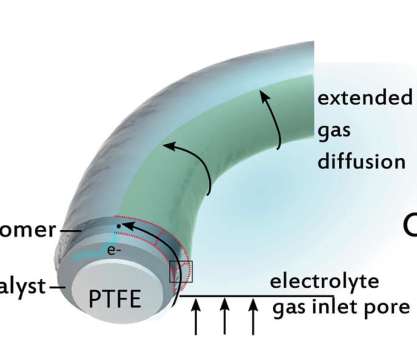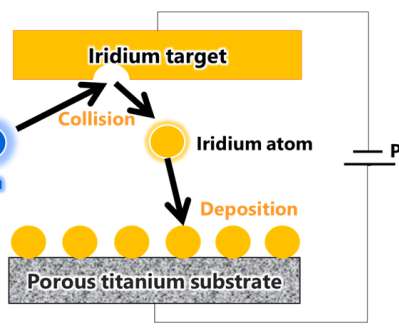Audi introduces new CNG A3 Sportback
Green Car Congress
SEPTEMBER 16, 2020
Audi is adding a new member to its A3 family: the A3 Sportback 30 g-tron natural gas vehicle. Operation with natural gas or biomethane makes the compact model economical and more climate-friendly with low emissions. The cylinder head, injection system, turbocharger and catalytic converter were modified accordingly for the CNG engine.









































Let's personalize your content